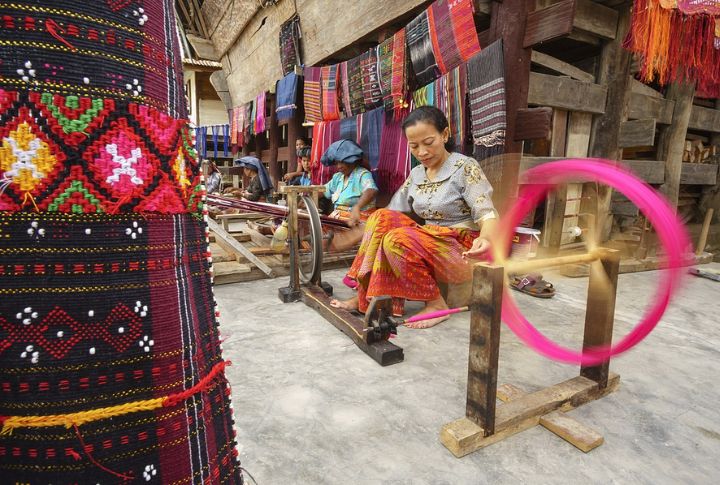
Every fold, stitch, and color in traditional religious wear holds significance that outsiders often miss. Passed down, reinterpreted, or strictly preserved, these garments connect people to ancestry and divine purpose. This list highlights rare examples that still shape spiritual life across different corners of the world.
Kaupinam

Traditionally worn by Hindu ascetics and yogis, the kaupinam is a simple loincloth that represents renunciation, self-discipline, and detachment from worldly concerns. It remains part of the attire in some monastic orders even today.
Kesa
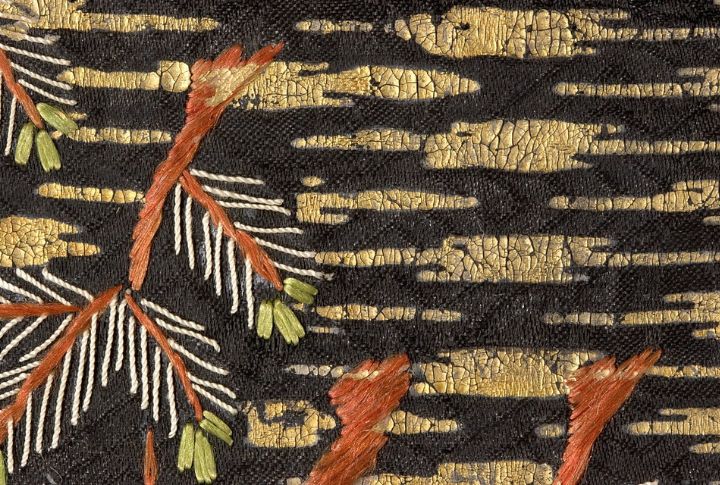
In Japanese Zen tradition, the kesa represents a monk’s vows. It’s carefully stitched in a grid that mimics rice paddies, which symbolizes sustenance and discipline. Many monks inherit theirs, and each fold must follow precise steps to reinforce mindfulness before meditation.
Hijab

A headscarf worn by many Muslim women, the hijab signifies modesty, privacy, and morality. It varies widely in style and interpretation across cultures, but its purpose remains grounded in religious expression and personal devotion.
Tallit Katan

The tallit katan is more than just an undershirt—it’s a daily reminder of sacred duty. Each corner has a tzitzit, knotted to reflect numbers tied to divine commandments. Observant boys often start wearing it young, long before they begin formal prayer or religious study.
Khata
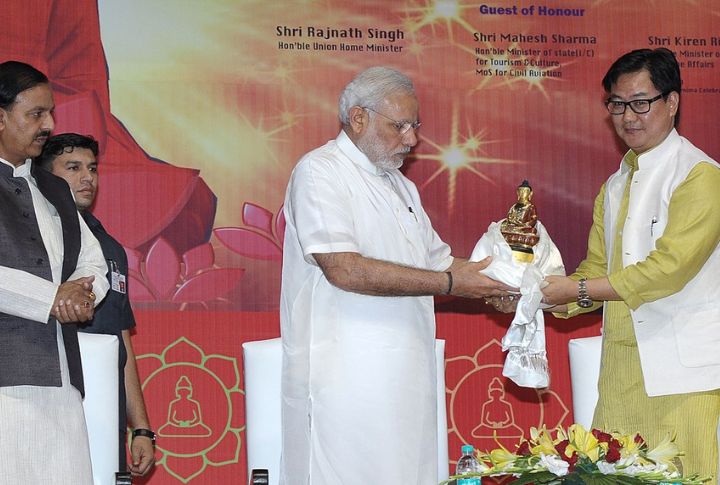
You’ll find khatas at weddings, temples, and even airport farewells in Tibetan culture. They’re not just tokens of goodwill, as their color and material all carry meaning. White is the most common, symbolizing pure intentions, but in Bhutan, colors align with earth, fire, water, air, and space.
Arbaya
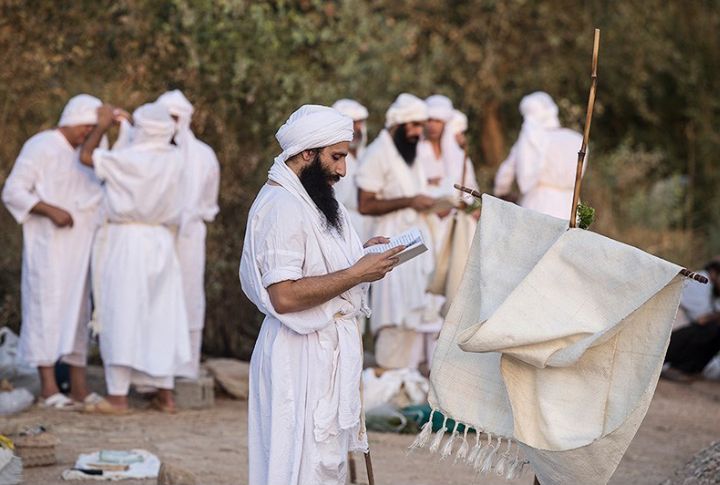
Among the Mandaeans, the arbaya holds deep ritual weight. It’s worn during every baptism, which they practice regularly rather than once. Always bright white, the robe stands for light and spiritual clarity. Without it, the ceremony is considered incomplete, no matter the setting.
Shtreimel

Worn by many married Hasidic Jewish men during Shabbat and holidays, the shtreimel is a fur hat that signifies marital status and religious observance. Its origins lie in Eastern Europe, and it often marks participation in sacred time.
Chugha
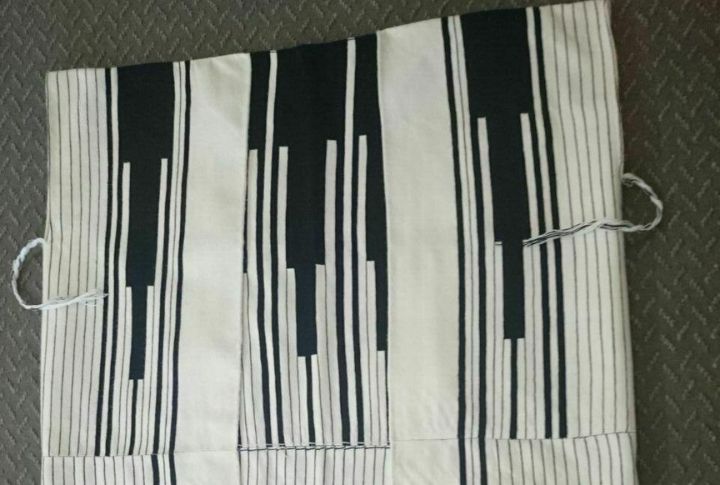
The chugha carries weight far beyond its heavy cloth. Sufi mystics in Central Asia wore it as a symbol of spiritual growth and personal transformation. While some are plain, others gleam with gold thread reserved for respected leaders. The coat often stays with one owner for life.
Mitre

The mitre is a ceremonial headdress worn by bishops in Roman Catholic, Eastern Orthodox, and some Anglican churches. It symbolizes authority and the apostolic succession of the clergy, especially during sacraments or ordinations.
Ridi
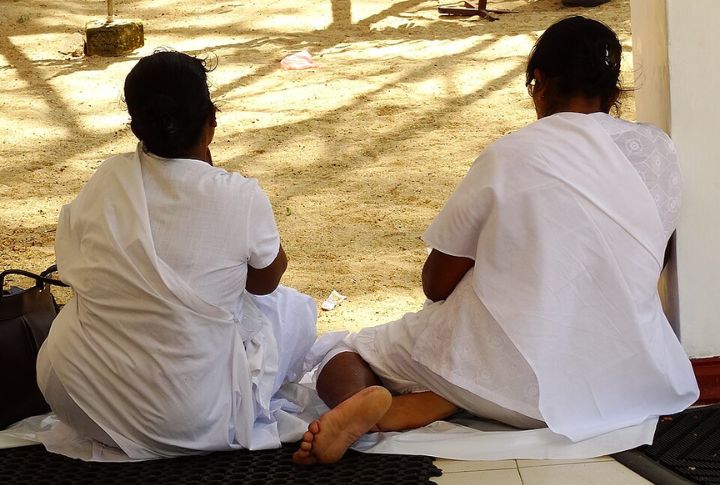
Not every religious garment is tied to the clergy. The ridi, worn by laywomen in Sri Lanka, shows temple readiness. Its single-shoulder drape leaves one arm free for offerings. Clean white cotton is the norm, and many women fold theirs with care after every puja.
Veshti Angavastram
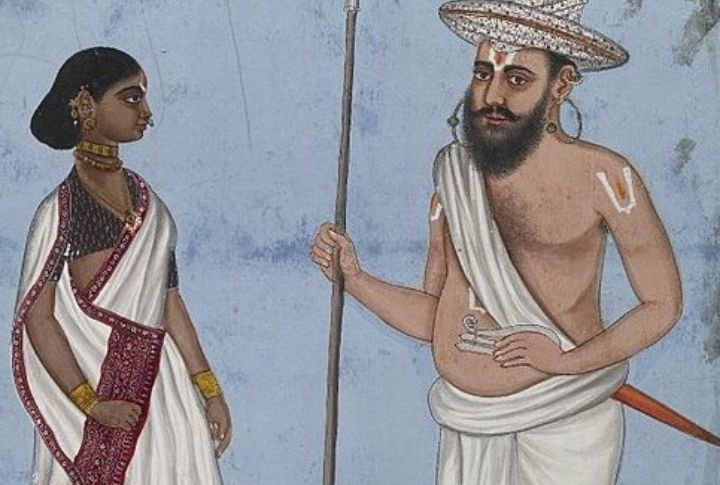
In southern India, Hindu priests often wear a veshti paired with an angavastram during temple duties. The veshti wraps around the waist, while the angavastram drapes across the shoulder. Together, they represent dignity and readiness for worship. Cotton is preferred, especially for morning rites and fire rituals.
Kufi With Sacred Embroidery
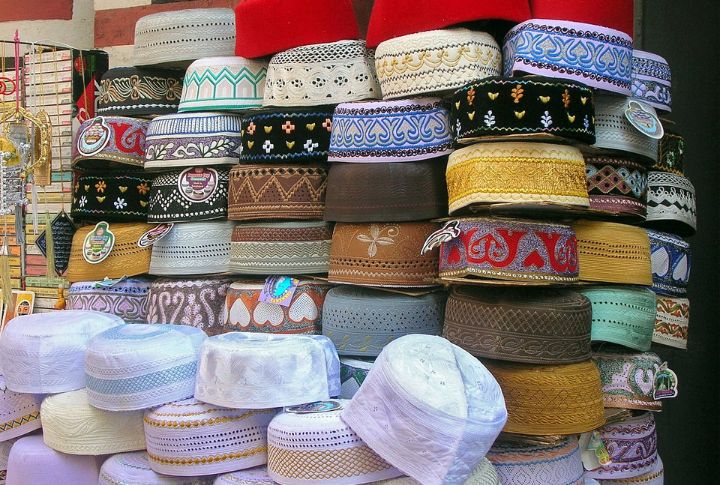
The kufi carries spiritual meaning beyond its modest shape in many West African Islamic communities. Some are hand-stitched with verses or symbols tied to local Quranic schools. A boy might receive his first kufi after memorizing key prayers, marking both learning and religious responsibility.
Batak Ulos
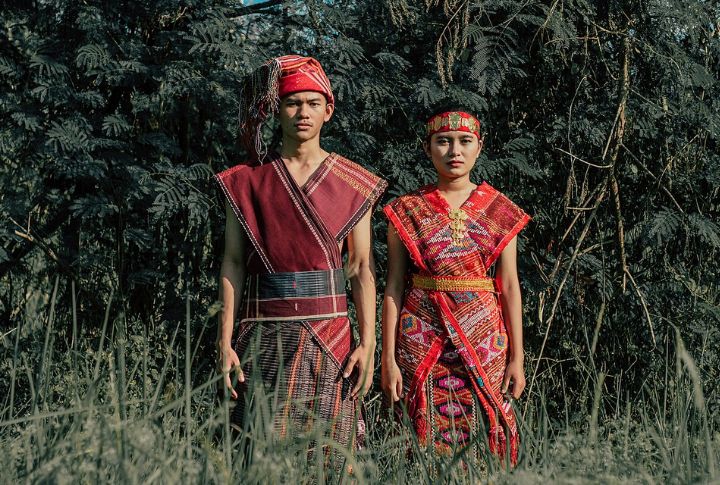
Among Christian Bataks in North Sumatra, the ulos isn’t draped lightly. Grandmothers pass it down through baptisms or weddings, and each woven design matched the life event. It’s not uncommon for someone to receive it as a baby and keep it close well into adulthood.
Samue

Japanese Zen monks wear the samue for work, not ceremony. It’s a simple cotton outfit worn during chores, garden care, or temple maintenance. Despite its plainness, the samue reinforces mindfulness in daily action. Some lay practitioners now wear it at home to stay spiritually grounded.
Wimple

The wimple once defined the look of Catholic nuns across Europe. It framed the face tightly, symbolizing humility and separation from worldly concerns. While few modern orders still use it, traditional wimples survive in cloistered convents, especially among orders that emphasize silence and contemplative prayer.
Rebozo De Santa Maria
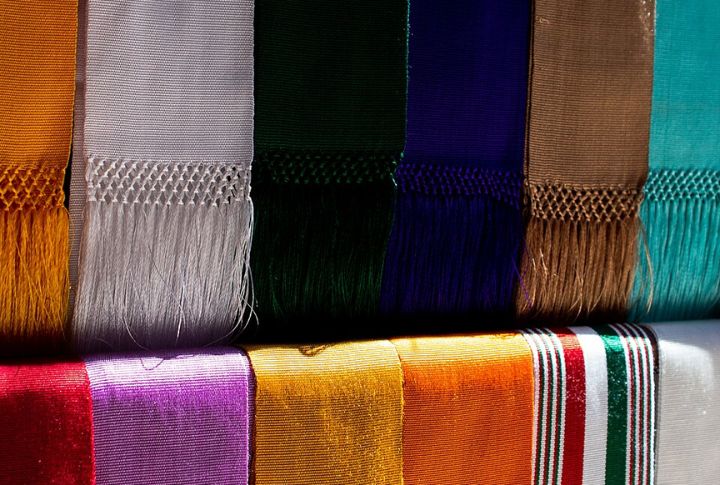
In parts of Mexico, the rebozo de Santa Maria plays a role in Catholic celebrations honoring the Virgin Mary. During processions, women may drape it across both shoulders as a gesture of Marian devotion. It’s not mass-produced—artisans weave it on backstrap looms using time-honored techniques.
Fez With Tassel (Tijaniyya)
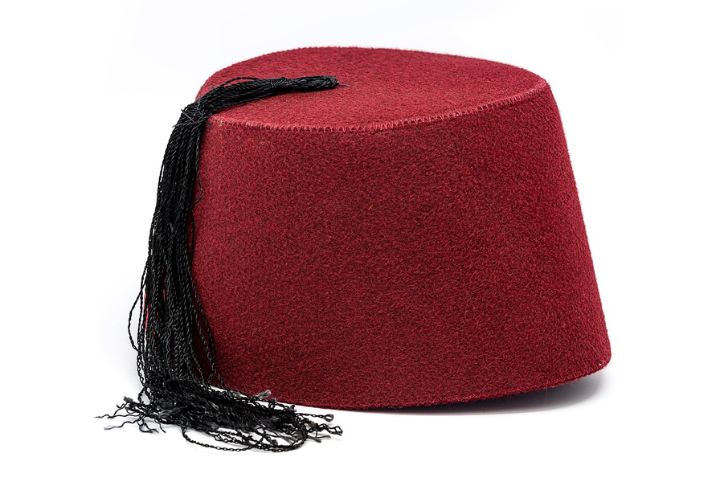
The fez holds meaning beyond fashion in the Tijaniyya Sufi order. Worn mostly by male followers, it often features a long black tassel that rests over the shoulder. Some scholars say the direction it falls can indicate a person’s spiritual role or regional identity within the brotherhood.
Dastar

The dastar isn’t just a turban—it’s a central symbol of Sikh identity and commitment. It’s not tied casually. Each wrap reflects practice, personal discipline, and reverence. Some Sikhs choose specific colors for spiritual reasons, while others follow family or community traditions passed down over generations.
Kavadis
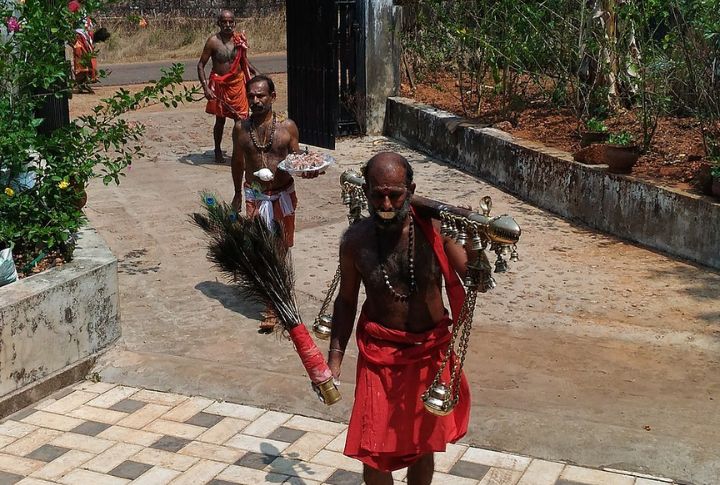
During Thaipusam, Tamil Hindus carry kavadis as acts of devotion to Lord Murugan. These ornate shoulder structures aren’t worn lightly, as many are attached to the body through hooks or skewers. Every kavadi represents a personal vow, and completing the procession is seen as a triumph of will and spirit.
Kachera

One of the five articles of faith in Sikhism, the kachera is worn daily by initiated followers. It’s a type of undergarment, but it carries deep meaning, representing moral restraint, readiness, and dignity. Its design allows for movement and action, reflecting the Sikh principle of being ever-prepared.

